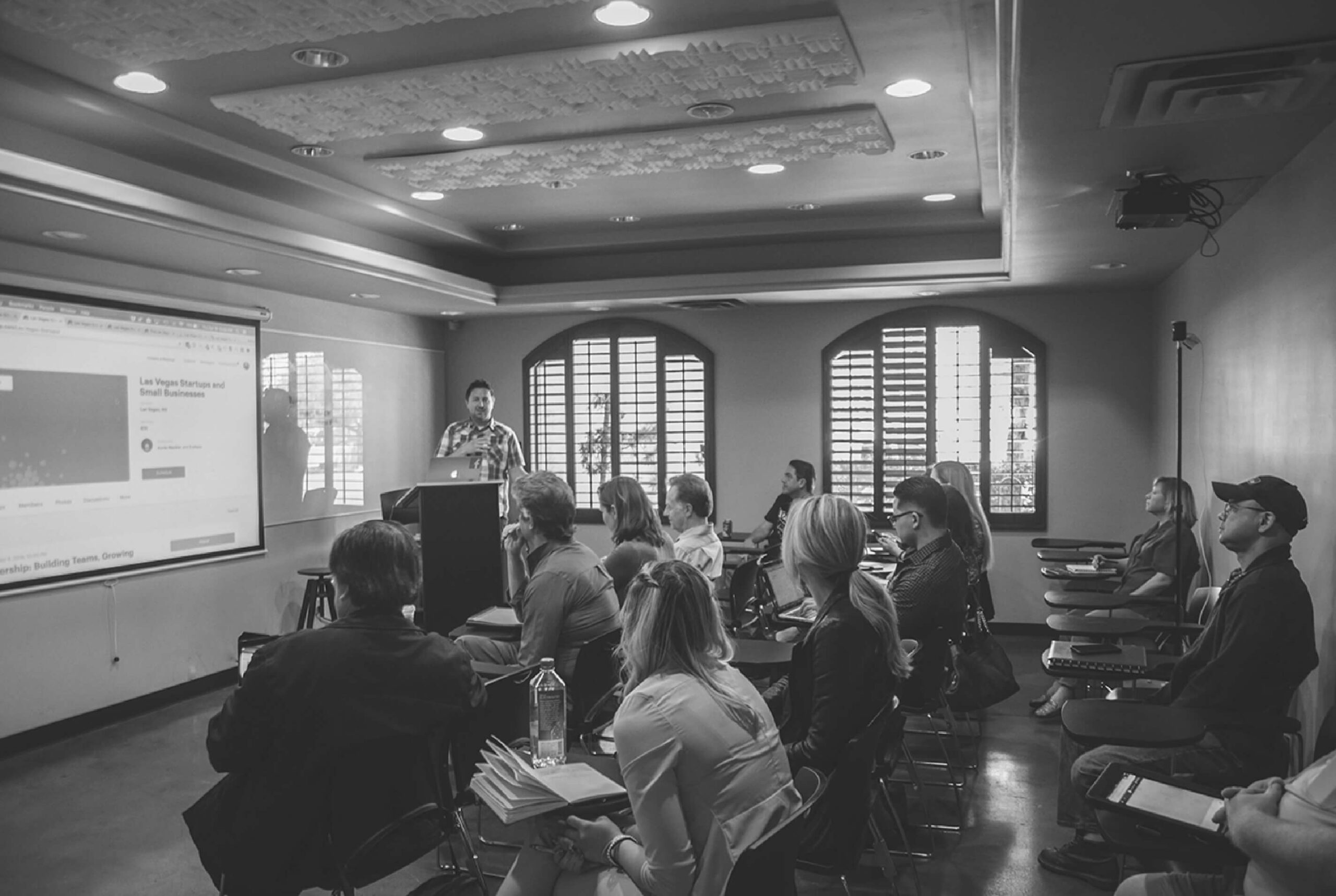Wednesday, 20 February 2019
Increasing MAP by $50 Million: A Good Start to Supporting Low-Income Students
Today, the Governor pledged an additional $50 million for the state’s Monetary Award Program (MAP), bringing total funding to around $450 million. This recommendation falls short of the State’s higher education agencies’ (IBHE, ICCB, as well as ISAC) requested $100 million increase; however, if part of a multi-year ramp up to ensuring all eligible students receive a MAP award, the additional $50 million appropriation is a significant first step toward reinvesting in Illinois students for whom this support determines if they can attend college at all.
In 2002, MAP covered 100% of tuition and fees for all eligible applicants. Today, more than 100,000 eligible applicants are denied funding each year, and for those lucky enough to receive it, MAP covers just 33% of tuition and fees. For the future of Illinois’ students, workforce, and diverse economy, our first priority must be for all eligible students to be served without cutting funding levels. We project that a 65% increase (or $260 million increase) in current funding would both fund all applicants at current levels and at least keep up with increasing applications for the program. This additional $50 million proposed in the Governor’s address today will serve about 15,000 more students — a commendable first step, but one which will likely still leave more than 80,000 eligible applicants without funds.The Governor ran on a platform of a 50% increase in MAP funding, and we hope today’s proposed 12.5% increase is the first step towards delivering on to that promise.
While we do not expect the Governor to fully reverse 15 years of underfunding in his first fiscal year, we applaud Governor Pritzker’s commitment to continue, if not accelerate, the pace of ramping up this investment in order to improve our State’s higher education outcomes.
Public Universities Get A Much Needed 5% Increase
Illinois’ four-year universities have endured historic disinvestment over the last ten years — they saw per-student funding cut by more than 50% before the budget crisis, and then suffered through defunding and uncertainty that affected students, staff, and the system as a whole. As appropriations declined, tuition increased, as universities were left with no options but to shift costs to their students. Now, the net cost for students of all income levels is the highest in the Midwest, and among the highest in the nation, and this hits the lowest income students the hardest. A 5% increase in public universities’ budgets is a necessary start in allowing institutions to better serve all of their students.
The Increase in AIM HIGH Should Be Qualified, Or Reconsidered
AIM HIGH, Illinois’ new merit-based financial aid program, is an attempt to slow the outmigration of Illinois’ high school graduates leaving to attend college in other states. As it currently stands, however, the only need-based qualification is that a student’s family income is no greater than six times the national poverty guideline — about $150,000 for a family of four. There are no further mandates to equitably distribute this grant funding to students, and without such requirements, increasing funding for this program may come at the detriment of qualified students who most need it. Today, Governor Pritzker proposed an increase in state appropriations to this program.
One of the stipulations of AIM HIGH is that colleges must match all grants to students with their own institutional aid. Without requiring that grants go to low-income students, and assuming that an institution does not increase their institutional aid greatly after receiving AIM HIGH (which would be difficult given the aforementioned funding shortfalls), this matching provision could actually draw institutional aid away from low-income students who need them to attend these universities and direct it to better-resourced students who may have chosen to attend that university anyway. With enrollment numbers in precipitous decline, now is not the time to expand a grant program that may result in even fewer Illinois’ low-income students being able to afford our public universities.
A more equitable path to driving Illinois’ students to attend our public universities is to redirect the $10,000,000 increase to the more than 3,200 eligible students who will apply for MAP and not receive any funds this year.
More Commendable Recommendations
Governor Pritzker recommended a much-needed 5% increase to the State’s community colleges, which serve even more of our state’s low-income students, first generation college goers, Black and Latino students. The budget plans released by the Governor also include new funding for transitional math, which will increase college preparedness and cut down on developmental education, and for the P-20 council, which is working toward increasing Illinois’ important initiative to have 60% of adults attain high-quality degrees by 2025. All of these recommendations are commendable.
About: The Partnership for College Completion is a new nonprofit organization launched to catalyze and champion policies, systems and practices that ensure all students in and around Chicago – particularly low-income, first generation students – graduate from college and achieve their career aspirations. Launching this regional organization is the culmination of a two-year planning process that was led by Forefront’s College and Career Access, Persistence and Success (CCAPS) group and involved hundreds of stakeholders from across Chicago, the region and the nation. For more information: partnershipfcc.org
Contact:
Mike Abrahamson
mabrahamson@partnershipfcc.org
Emily Goldman
egoldman@partnershipfcc.org

